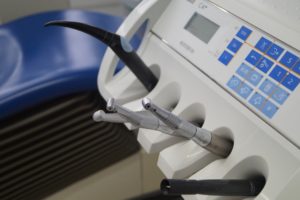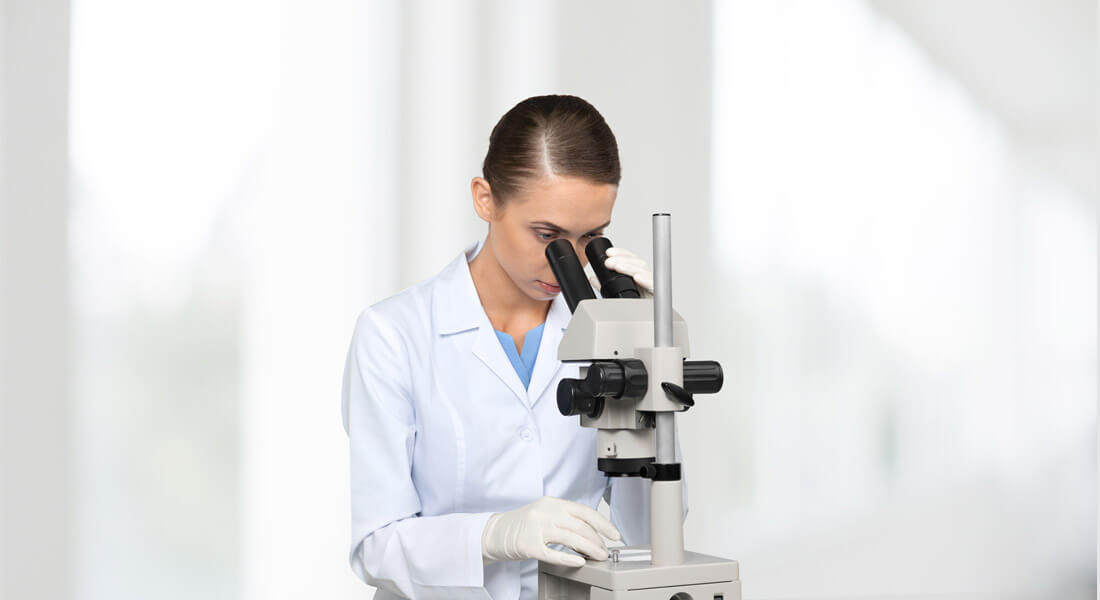The FDA-Center for Veterinary Medicine (FDA-CVM) has oversight of animal devices (e.g., veterinary medical devices), but does not require a formal approval process. In animal health, veterinarians use a variety of medical devices for surgery (bone plates, screws, prosthetics…..), imaging (ultrasound, lasers, …) and woundcare (dressings, wound care gels, ….). In certain situations, the designation device vs drug may be ambiguous in veterinary medicine. However, if a product is already designated as a device for humans and/or has a 510k or PMA, it may support the designation as a medical device for veterinary medicine. Firms should refer to the definition of device vs drug, as follows:
Veterinary medical devices are products which are “…..intended for use in the diagnosis of disease or other conditions, or in the cure, mitigation, treatment, or prevention of disease in man or other animals, or [which is] intended to affect the structure or any function of the body of man or other animals …”, and which “does not achieve its primary intended purposes through chemical action within or on the body ……, and … is not dependent upon being metabolized for the achievement of its primary intended purposes.”

